Visual elements (things) in architecture play a crucial role in creating a harmonious and aesthetically pleasing built environment. They help to define the character and style of a building and can evoke emotions and set the mood.
An object is perceived by the viewers by their five sense organs – eyes, ears(music), tongue(food), nose(perfume) and skin(surfaces). All manmade objects are designed. Our concern will, however, be primarily related to visual perception as that is how we perceive architecture. An artistic product is created by a combination of visual elements.
All that is visible is made up of visual elements. An element will be a single entity and cannot be called an element if combined with anything else.

In reality rarely if ever would an element exist in isolation. It will be present as a part of a combination of elements.
“If you want to know about the elements of design or principles of design or proportion in architecture, please click the link.”
1) Elements, Principles and Objectives
- Elements are the basic units of anything. – These can be physical or abstract
- Principles are basic rules or guidelines for any action, idea, reasoning or thought. – These are applicable in all aspects of life
- Objectives are things aimed at or an end or the purpose for which anything is done. – Normally all acts end in the meeting of an objective.
The Elements and Principles of design are the building blocks used to create a work of art.
The Elements of design can be thought of as the things that make up a painting, drawing, design etc.
Good or bad – all designs will contain most of if not all, the elements of design.
2) Elements of visual design
The Elements of Visual Design refer to the basic components that make up a visual composition, including line, shape, form, texture, space, value, and color. These elements are used by designers to create visual interest, evoke emotions, and convey meaning in a design.
| ELEMENTS | SYMBOL | |
| 1. | Dot or Point |  |
| 2. | Line | 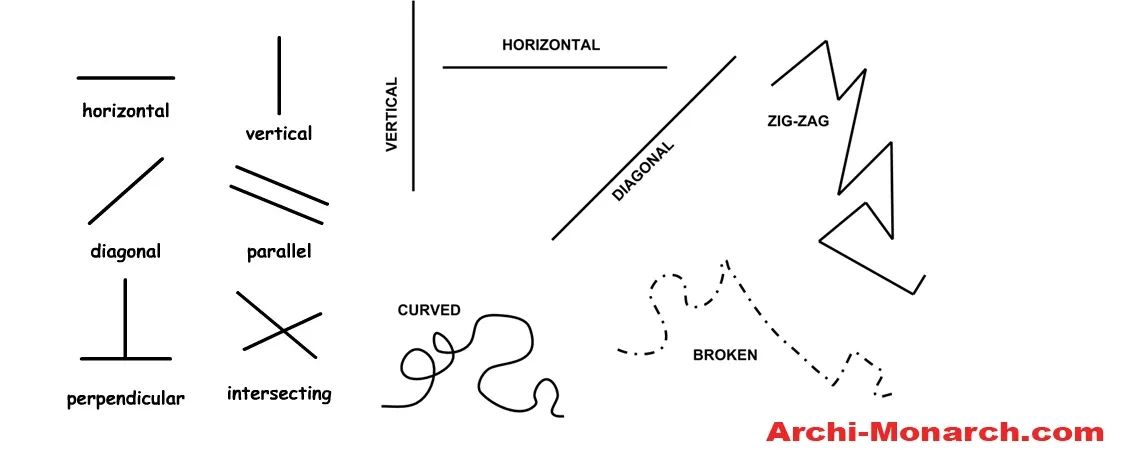 |
| 3. | Shape |  |
| 4. | Form |  |
| 5. | Colour |  |
| 6. | Texture |  |
| 7. | Direction |  |
| 8. | Movement |  |
| 9. | Dimension |  |
| 10. | Scale | 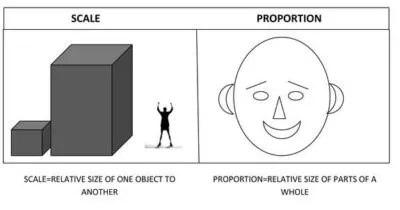 |
3) Principles of visual design
The Principles of Visual Design, on the other hand, are the guidelines that help the designer arrange and combine the elements in a way that is aesthetically pleasing and effective. These principles include balance, contrast, emphasis, movement, pattern, repetition, and unity.
| PRINCIPLES | SYMBOL | |
| 1. | Balance | 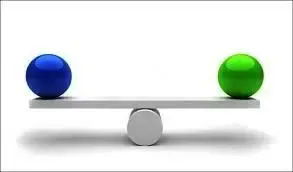 |
| 2. | Proportion |  |
| 3. | Rhythm | 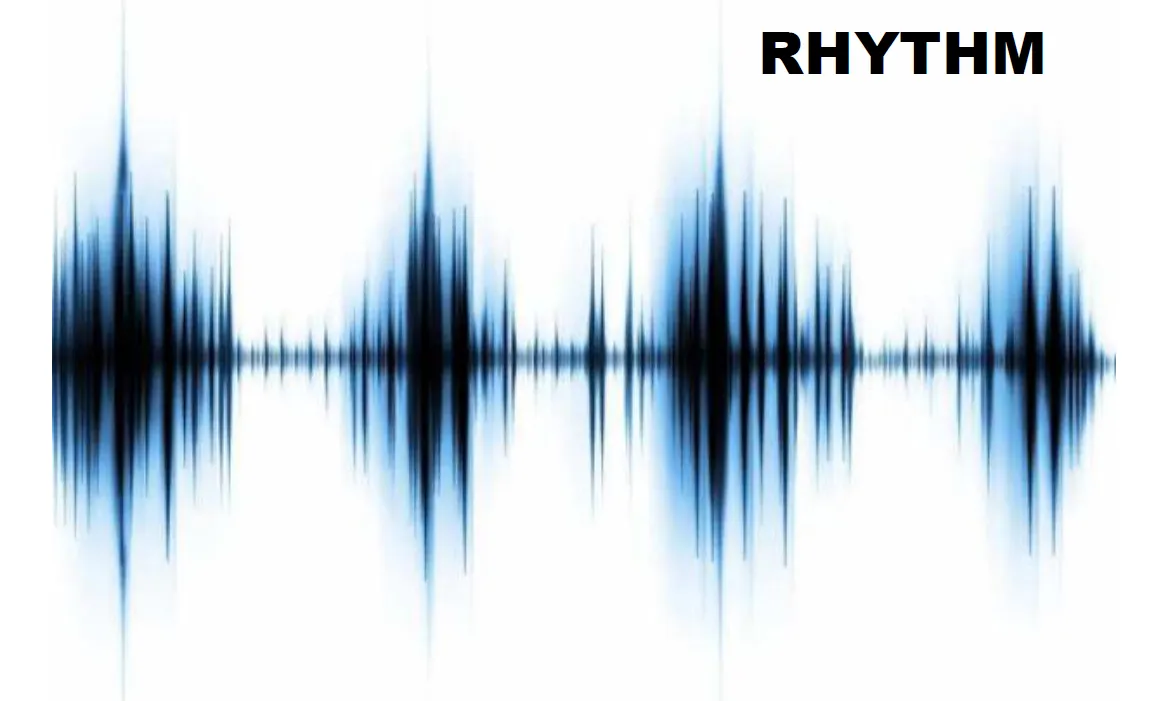 |
| 4. | Emphasis |  |
| 5. | Unity |  |
| 6. | Contrast |  |
| 7. | Harmony | 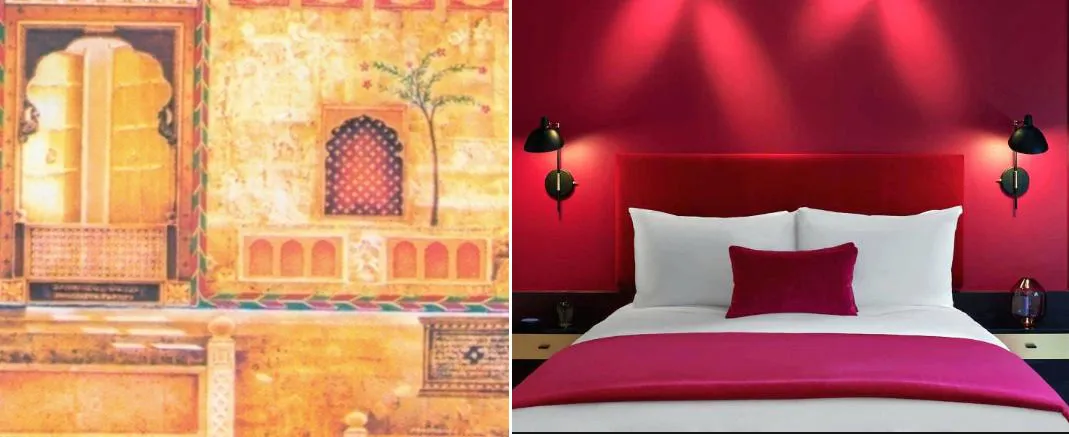 |
By understanding both the elements and principles of visual design, designers can create visually appealing and effective designs that communicate their intended message.